| Model: | MOS 59-67-6 |
| Place of Origin: | Zhejiang,China (Mainland) |
| Brand: | MOSINTER |
| CAS: | 59-67-6 |
| Appearance: | White crystalline powder |
| Molecular Formula: | C6H5NO2 |
| Specification: | CP/USP/EP |
| Density: | 1.473 |
| Melting point: | 236-239 °C |
| Boiling point: | 260°C |
| Flash point: | 193°C |
| Solubility at 17 ºC: | 260°C |
- Have any questions?
- +86-189 8930 5995
- sales@mosinterchem.com.cn
VB5 CAS 59-67-6

VH CAS 58-85-5
05/12/2018
VB6 CAS 65-23-6
05/12/2018Nicotinic acid( CAS: 59-67-6)
| Item | Index |
| Molecular Formula | C6H5NO2 |
| Molecular weight | 123.11 |
| Specification | CP/USP/EP |
| Appearance | White crystalline powder |
| Density | 1.473 |
| Melting point | 236-239 °C(lit.) |
| Boiling point | 260°C |
| Flash point | 193°C |
| Solubility at 17 ºC | 1-5 g/100 ml |
| Storage Condition | 0-6°C |
Niacin (also known as vitamin B3 and nicotinic acid) is an organic compound with the formula
C6H5NO2 and, depending on the definition used, one of the 20 to 80 essential human nutrients.
Insufficient niacin in the diet can cause nausea, skin and mouth lesions, anemia, headaches, and
tiredness. Chronic Niacin deficiency leads to a disease called pellagra. The lack of niacin may also
be observed in pandemic deficiency disease which is caused by a lack of five crucial vitamins: niacin,
vitamin C, thiamin, vitamin D and vitamin A, and is usually found in areas of widespread poverty and malnutrition.
Niacin has been used for over 50 years to increase levels of HDL in the blood and has been found to
decrease the risk of cardiovascular events modestly in a number of controlled human trials.
This colorless, water-soluble solid is a derivative of pyridine, with a carboxyl group (COOH) at the 3-position.
Other forms of vitamin B3 include the corresponding amide, nicotinamide (“niacinamide”), where the carboxyl
group has been replaced by a carboxamide group (CONH2), as well as more complex amides and a variety of
esters. Nicotinic acid and niacinamide are convertible to each other with steady world demand rising from
8,500 tonnes per year in 1980s to 40,000 in recent years.
Niacin cannot be directly converted to nicotinamide, but both compounds are precursors of the coenzymes
nicotinamide adenine dinucleotide (NAD) andnicotinamide adenine dinucleotide phosphate (NADP) in vivo.
NAD converts to NADP by phosphorylation in the presence of the enzyme NAD+ kinase. NADP and NAD
are coenzymes for many dehydrogenases, participating in many hydrogen transfer processes. NAD is important
in catabolism of fat, carbohydrate, protein, and alcohol, as well as cell signaling and DNA repair, and NADP
mostly in anabolism reactions such as fatty acid and cholesterol synthesis. High energy requirements (brain)
or high turnover rate (gut, skin) organs are usually the most susceptible to their deficiency.
Insufficient niacin in the diet can cause nausea, skin and mouth lesions, anemia, headaches, and tiredness.
Chronic Niacin deficiency leads to a disease called pellagra. The lack of niacin may also be observed in
pandemic deficiency disease which is caused by a lack of five crucial vitamins: niacin, vitamin C, thiamin,
vitamin D and vitamin A, and is usually found in areas of widespread poverty and malnutrition.
Niacin has been used for over 50 years to increase levels of HDL in the blood and has been found to decrease
the risk of cardiovascular events modestly in a number of controlled human trials.
This colorless, water-soluble solid is a derivative of pyridine, with a carboxyl group (COOH) at the 3-position.
Other forms of vitamin B3 include the corresponding amide, nicotinamide (“niacinamide”), where the carboxyl
group has been replaced by a carboxamide group (CONH2), as well as more complex amides and a variety of
esters. Nicotinic acid and niacinamide are convertible to each other with steady world demand rising from
8,500 tonnes per year in 1980s to 40,000 in recent years.
Niacin cannot be directly converted to nicotinamide, but both compounds are precursors of the coenzymes
nicotinamide adenine dinucleotide (NAD) andnicotinamide adenine dinucleotide phosphate (NADP) in vivo.
NAD converts to NADP by phosphorylation in the presence of the enzyme NAD+ kinase. NADP and NAD
are coenzymes for many dehydrogenases, participating in many hydrogen transfer processes. NAD is important
in catabolism of fat, carbohydrate, protein, and alcohol, as well as cell signaling and DNA repair, and NADP
mostly in anabolism reactions such as fatty acid and cholesterol synthesis. High energy requirements (brain)
or high turnover rate (gut, skin) organs are usually the most susceptible to their deficiency.
Therapeutic effects
In 1955, Altschul and colleagues described niacin as having a lipid lowering property for the first time. Niacin
is the oldest lipid lowering drug with unique anti atherosclerotic property. It reduces traditional parameters such
as low density lipoprotein cholesterol (LDL), very low-density lipoprotein cholesterol (VLDL-C), and triglycerides
(TG), but effectively increases high density lipoprotein cholesterol (HDL).Despite the importance of other
cardiovascular risk factors, high HDL correlated to lower cardiovascular event independent of LDL reduction.Other
effects include anti-thrombotic and vascular inflammation, improving endothelial function, and plaque stability. Niacin
alone or in combination with other lipid lowering agents such as statin or ezetimibe significantly reduces risk of
cardiovascular disease and arthrosclerosis progression.
Niacin therapeutic effect is mostly through its binding to G protein coupled receptors, niacin receptor 1 (NIACR1) and
niacin receptor 2 (NIACR2), that are highly expressed in adipose tissue, spleen, immune cells and keratinocytes but not
in other expected organs such as liver, kidney, heartor intestine. NIACR1 inhibits cyclic adenosine monophosphate
(cAMP) production and thus fat breakdown in adipose tissue and free fatty acids available for liver to producetriglycerides
and very-low-density lipoproteins (VLDL) and consequently low-density lipoprotein (LDL) or “bad” cholesterol.
Decrease in free fatty acids also suppress hepatic expression of apolipoprotein C3 (APOC3) and PPARg coactivator-1b
(PGC-1b) thus increase VLDL turn over and reduce its production.It also inhibits diacylglycerol
acyltransferase-2(important hepatic TG synthesis).
The mechanism behind increasing HDL is not totally understood but it seems to be done in various ways. Niacin
increases apolipoprotein A1 levels due to anti catabolic effects resulting in higher reverse cholesterol transport.
It also inhibits HDL hepatic uptake, down-regulating production of the cholesterol ester transfer protein (CETP)
gene. Finally, it stimulatesABCA1 transporter in monocytes and macrophages and up-regulates peroxisome
proliferator-activated receptor γ results in reverse cholesterol transport.
Improving vascular endothelial function has been reported in few experiments using niacin. In an experiment on
type 2 diabetes, nicotinic acid improved endothelial function comparing with control. Daily dose of 1 g niacin
shows significant lipid modifying properties and reach the plateau using 2 grams. NIACR1 in immune cells such
as monocytes, macrophages, and dendritic cells is responsible for atherosclerosis effects of niacin by reducing the
immune cells’ infiltration of vessel wall It also down regulates endothelial adhesion molecules such as vascular cell
adhesion molecule 1 (VCAM-1) or of chemokines such as monocyte chemotactic protein 1 (MCP-1) and inflammatory
proteins which results in atherosclerotic stabilization and antithrombotic effects. The changes in adhesion molecules and
chemokines might be through activation of receptor NIACR1 on immune cells.
Adipokines are the adipocytes’ produced mediators. Some adipokines such as tumor necrosis factor (TNF)-a, interleukins
and chemokines, have pro-inflammatory effect and some others such as adiponectin have anti-inflammatory effect that
regulates inflammatory process, decrease vascular progression and atherosclerosis. Nicotinic acid increase adiponectin
plasma levels in humans and mice but inhibits pro-inflammatory chemokines such as MCP-1 and fractalkin. Other
recently explored therapeutic effect of nicotinic acid are neuroprotective and anti-inflammatory effects, beneficial in
animal models of arthritis, chronic renal failure, or sepsis; however, more work is needed in this area.
Following Coronary Drug Project (CDP), one of the first experiments done to study long term clinical lipid-lowering
effect of niacin in the 1960s to early 1970’s, many other experiments have been done. Their results, summarized in
two meta-analyses, concluded that therapeutic doses of niacin alone or in combination with other lipid-modifying agents
such asstatin reduce cardiovascular events and atherosclerosis progression significantly. This agrees with the current
National Cholesterol Education Program (NCEP) on high cholesterol treatment. NCEP recommends niacin alone for
cardiovascular and atherogenic dyslipidemia in mild or normal LDL levels or in combination for higher LDL levels
(NCEP, 2002). 1500 mg Immediate release niacin daily results in 13% LDL, 20% LP, 10% TG reduction and 19%
HDL increase comparing to placebo. Extended release niacin alone or with anti-flushing agent (laropiprant) shows similar effects.
You must be logged in to post a review.

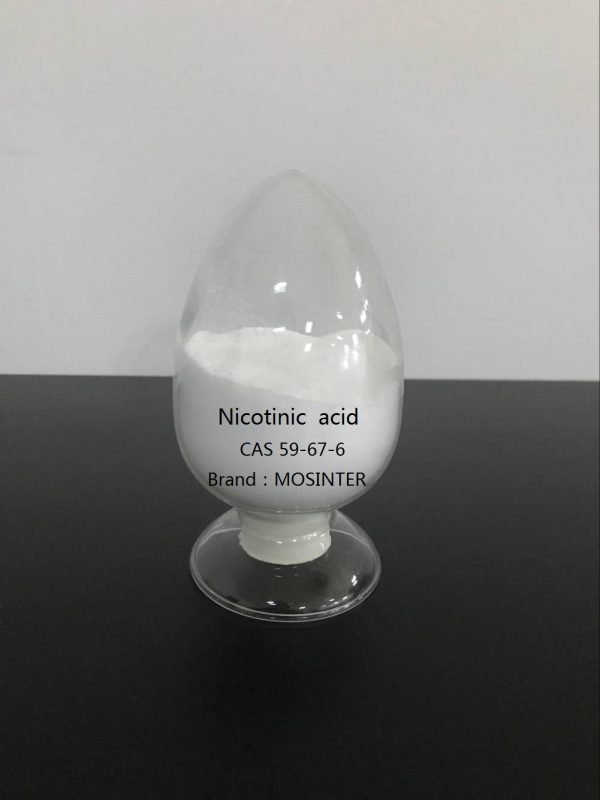
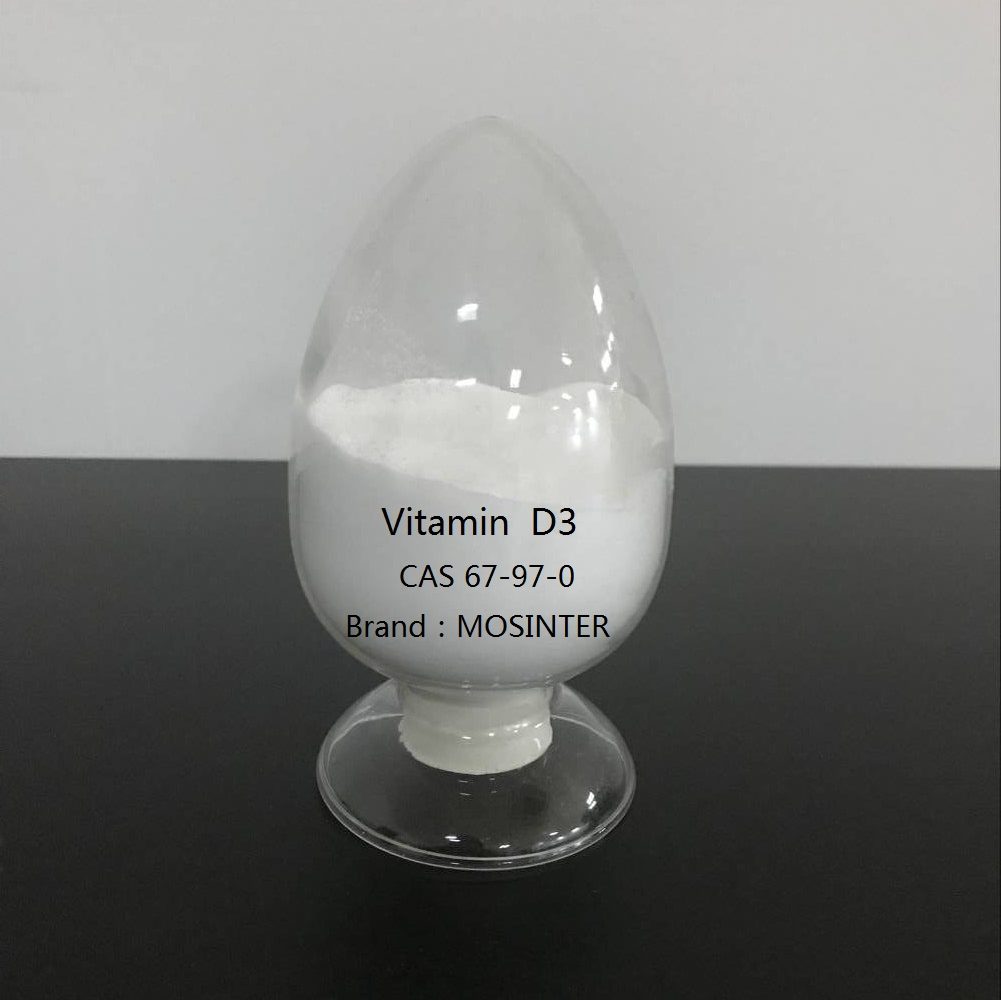
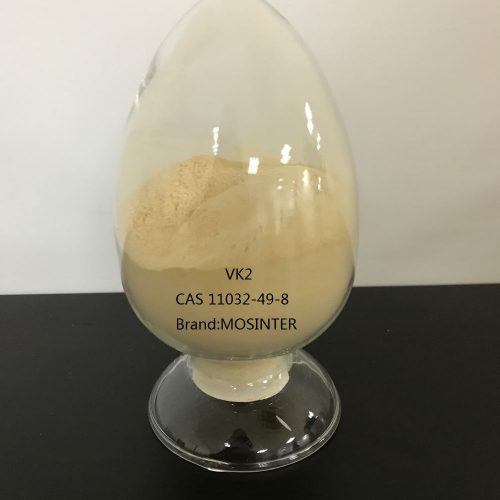
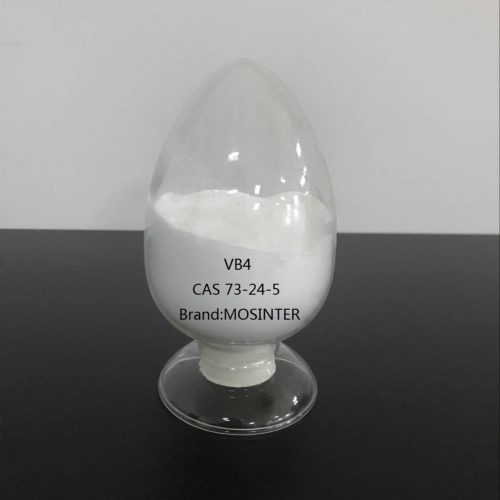
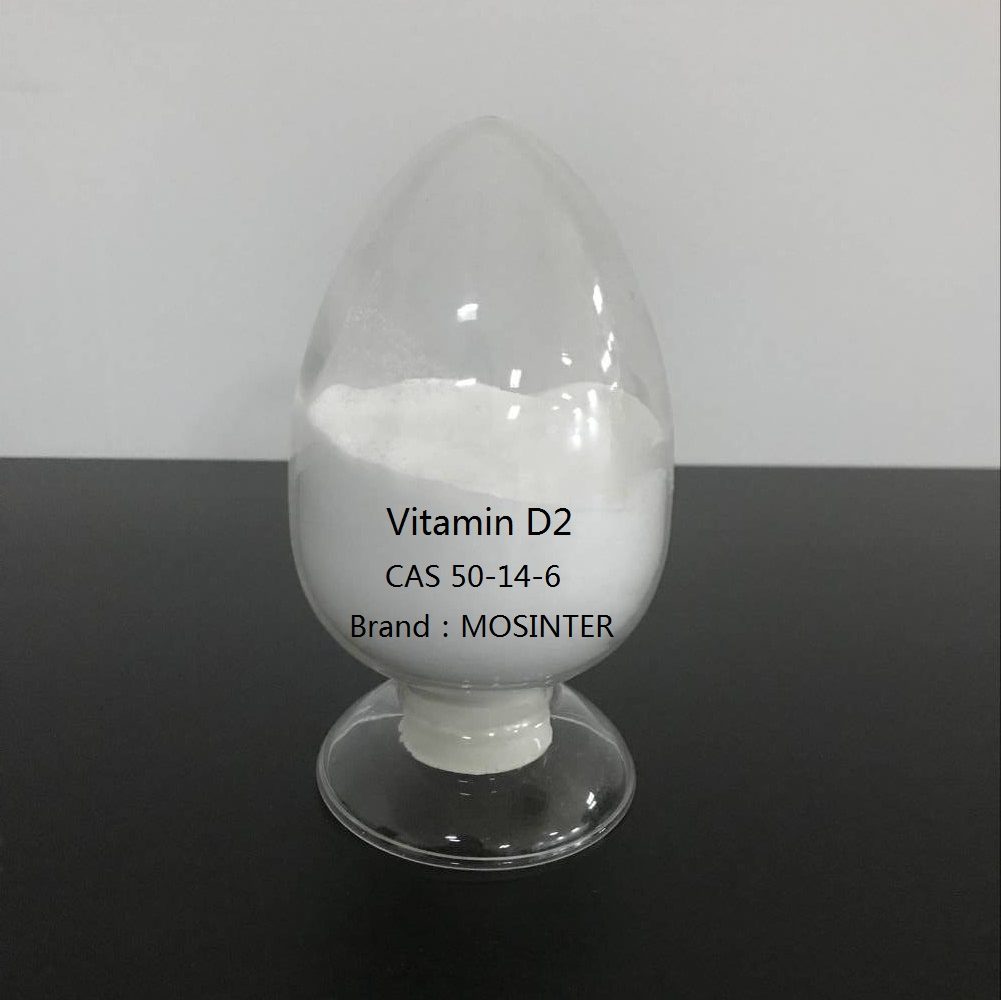
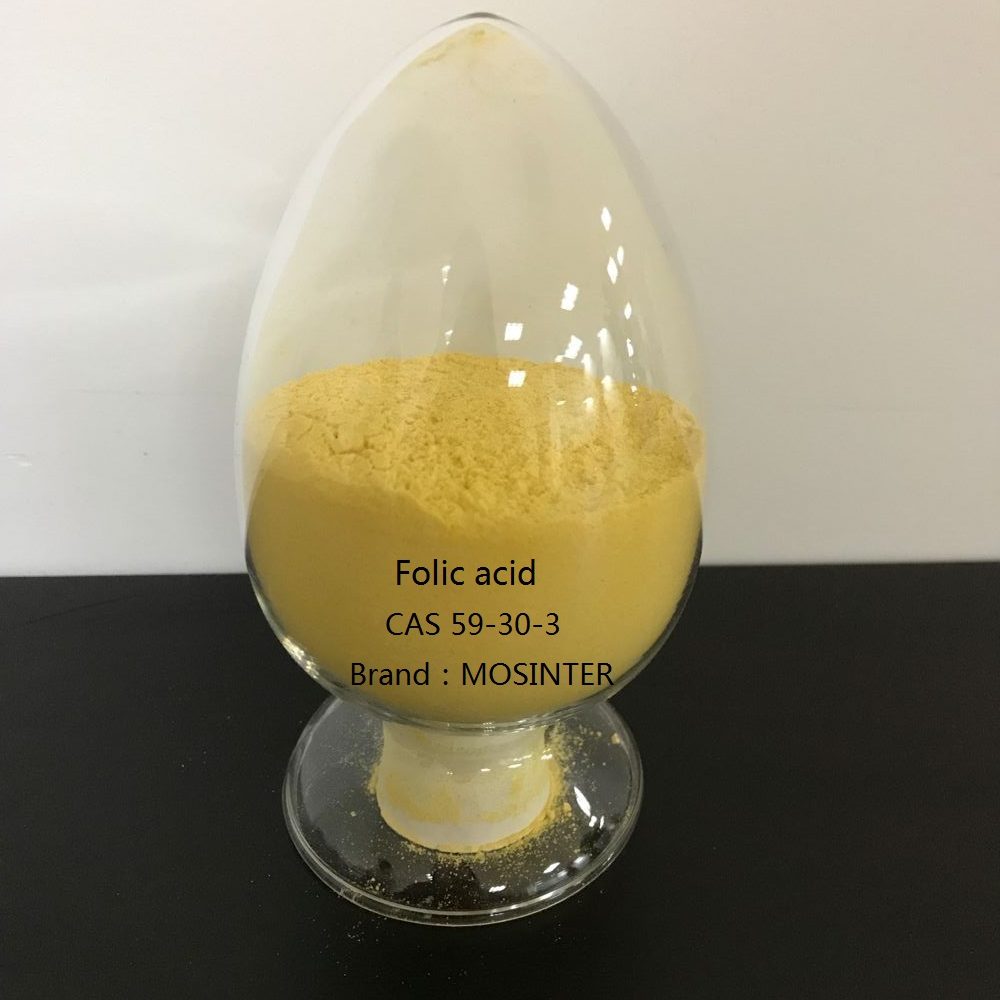
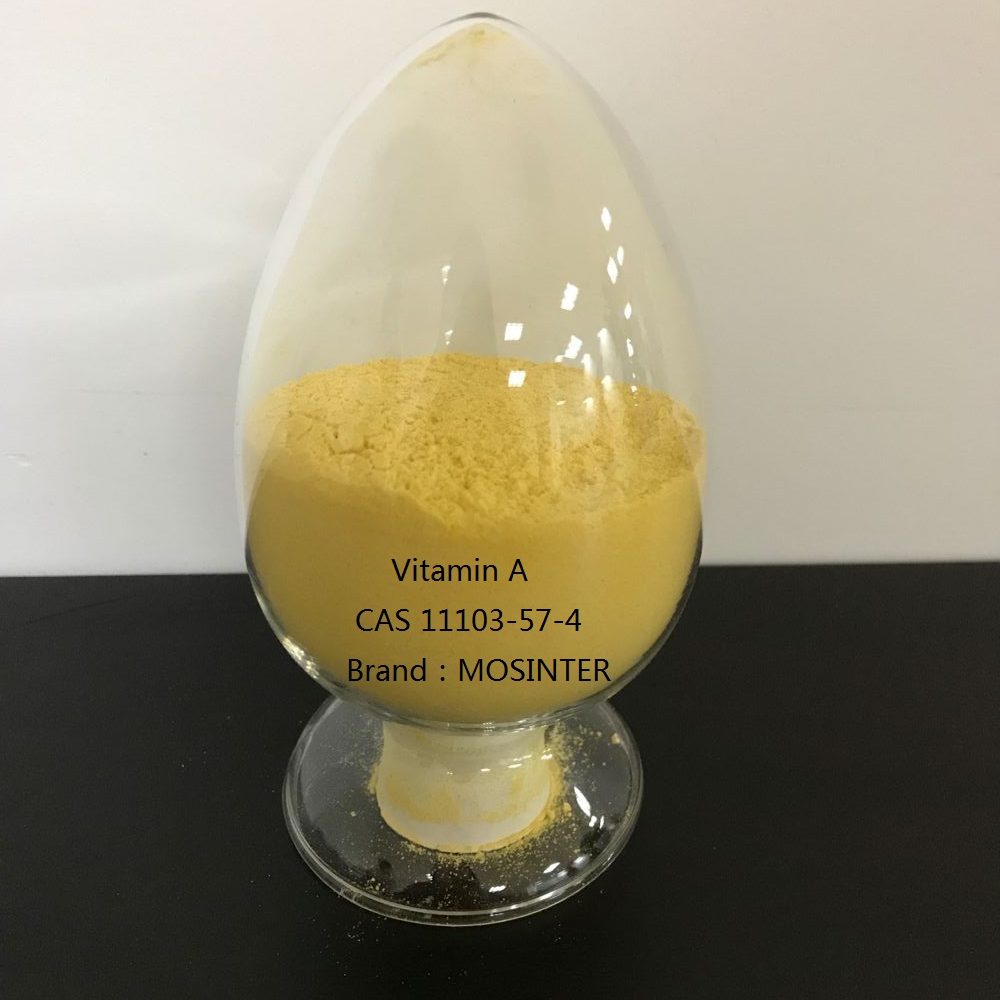
Reviews
There are no reviews yet.